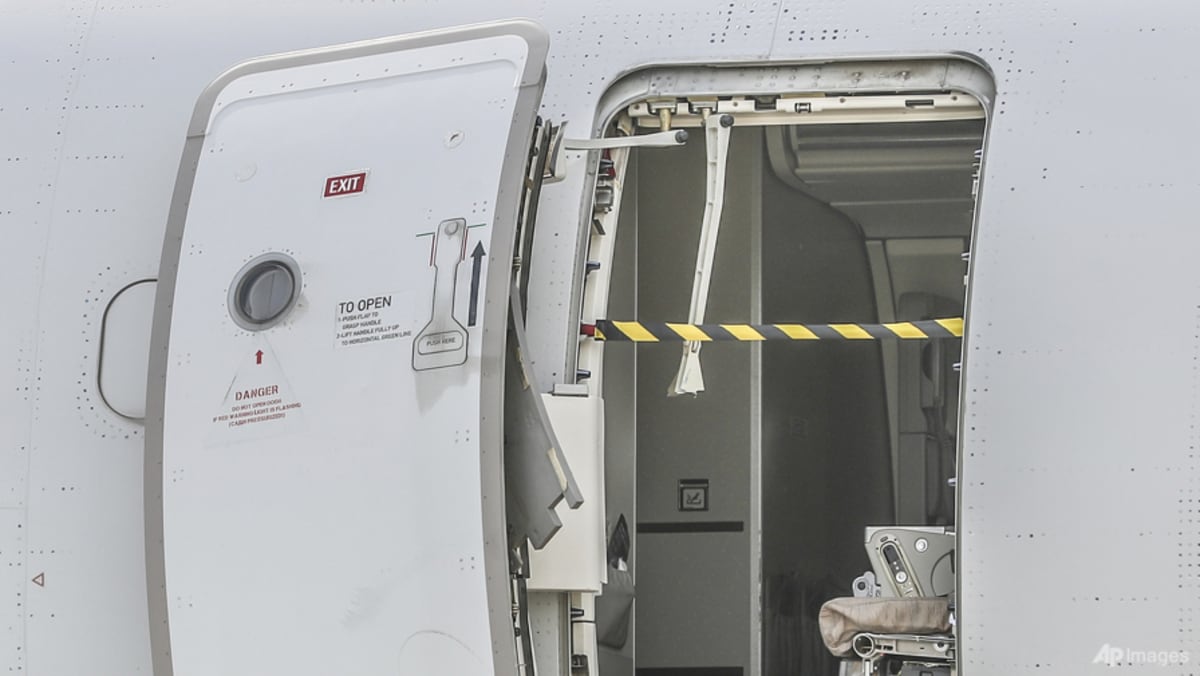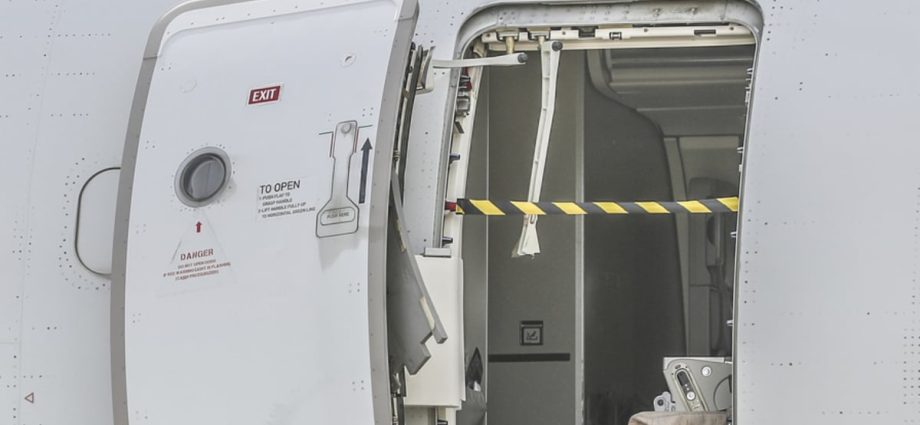
DOES BLOCKING OFF SEATS WORK?
Following the incident, Asiana Airlines announced that from May 28, some of the emergency seats on its 14 A321-200 jets will no longer be offered for sale.
But Assistant Professor Terence Fan from the Singapore Management University said: “Even if you don’t assign passengers to sit there, if people really intend to open the doors, they can still unbuckle their seats, walk right up to those vacant seats, sit themselves there and open the door.”
Mr Chow, the former airline exec, added that while the airline has stopped selling its “A” seats, B and C remain available.
“(These) are not that far from the door. One step and you’re touching the door. So technically the risk is still there,” he said.
“The trade-off in aircraft design is that the more systems you put in, the more problems you create. In this case, you also have to weigh the risk in an emergency (where) I do not want anything to fail; I must open the door,” Mr Chow added.
“But to prevent silly people from opening the door, I have to put in a lot of interlocks … which if it fails, now prevents me from escaping in a real emergency.”
Mr Waldron said the safety profile of an aircraft changes when airlines start “playing around with blocking exits”.
“Changing the exit capabilities in the cabin is a very sensitive thing because if there is an emergency, people need to get out of that plane quickly. And if you reduce the number of doors, you make the doors harder to open, that could create other problems as well,” he added.
“You don’t want people opening the door when they’re not supposed to. But if there’s an emergency, you definitely want to have people able to open the doors to help people escape and save lives.”
ADHERING TO SAFETY
In response to queries from CNA, SIA and Scoot said the safety of their customers and staff were of top priority, that both airlines adhere to safety regulations imposed by the relevant authorities, and that they ensure that operating crew are up-to-date with the latest safety protocols and procedures.
“From boarding to disembarking of a flight, we have in place (a) comprehensive set of safety measures and protocols,” an SIA spokesperson said.
Neither airline gave more details, with Scoot saying in a statement that it was a matter of “safety and security”.
CNA also contacted other airlines including Jetstar, AirAsia and Cathay Pacific for more information.
Responding to CNA’s queries, the Civil Aviation Authority of Singapore’s (CAAS) senior director of safety regulation Alan Foo said cabin crew play a “key role” in ensuring that aircraft exit doors are not opened during flight.
“They are trained to be vigilant and to detect and respond to any unsafe situations during flight. They actively monitor aircraft exit doors when carrying out cabin services and during cabin checks in flight.
“In addition, during take-off and landing, CAAS’ regulations require Singapore air carriers to have at least one cabin crew member to be seated next to the exit doors,” Mr Foo said, adding that cabin crew members act as an additional defence against any tampering of the doors by passengers.

